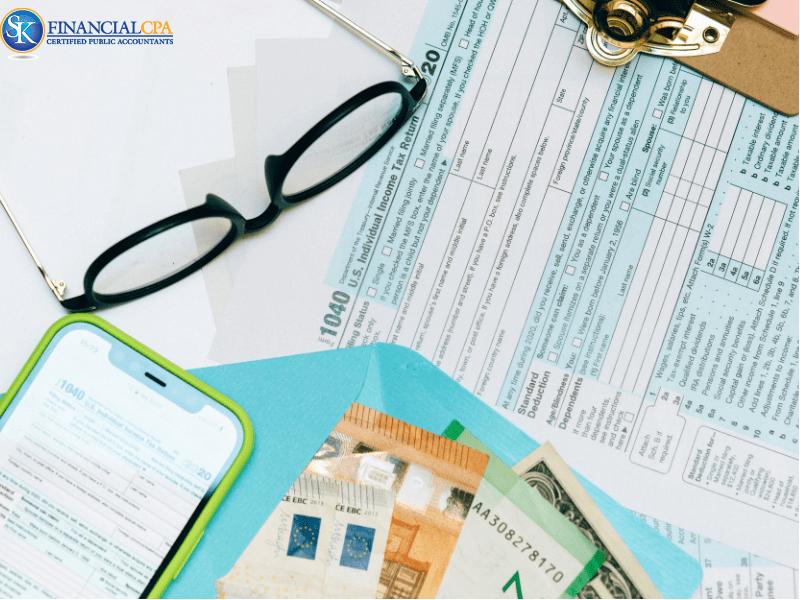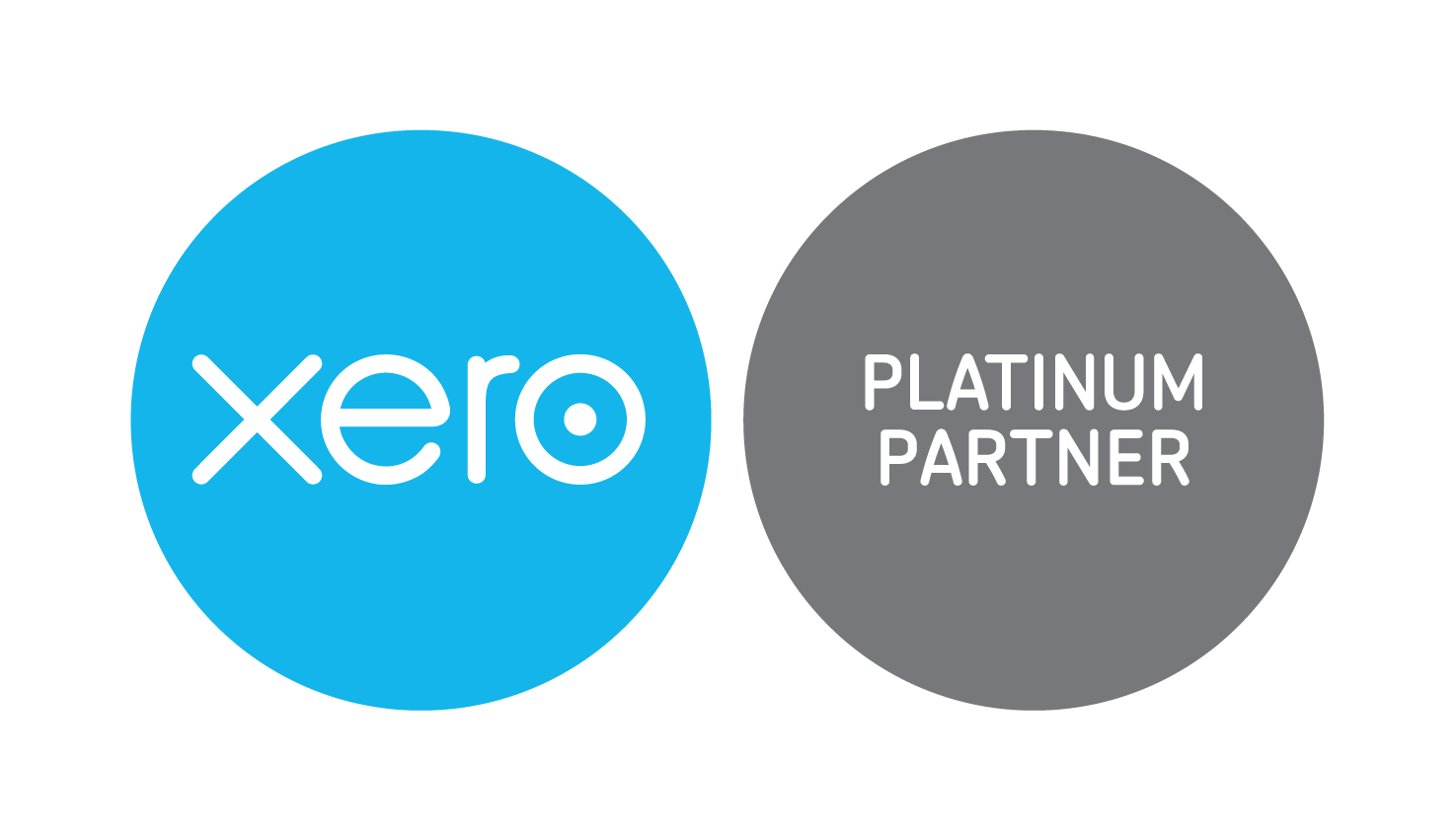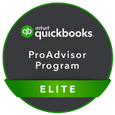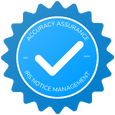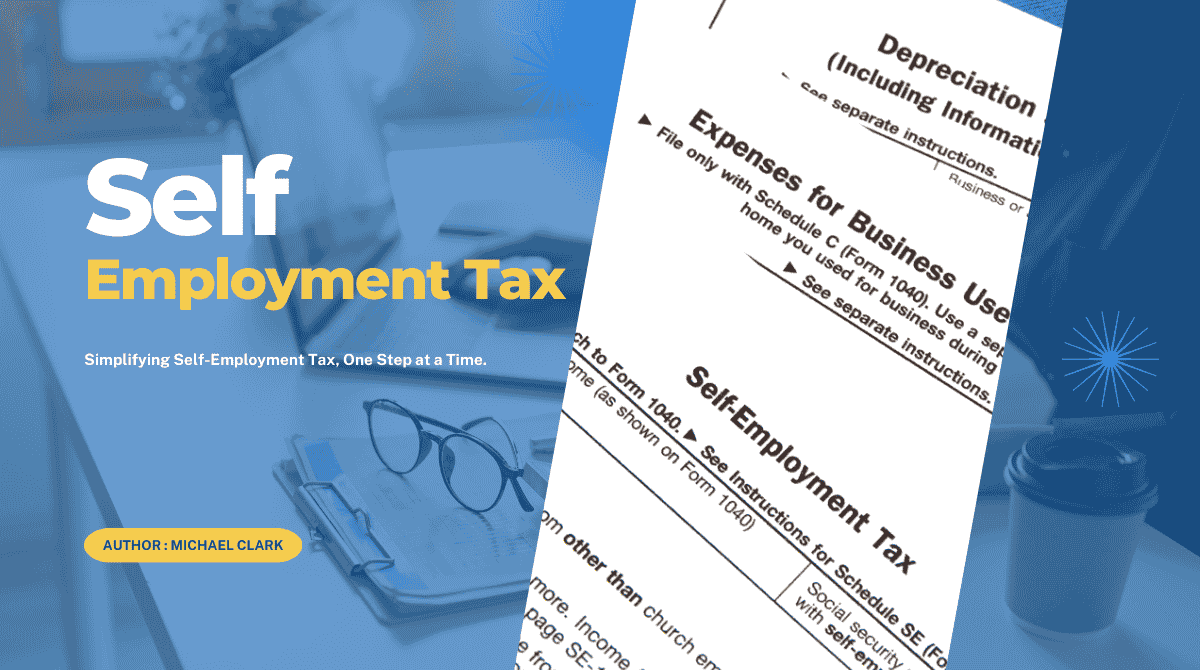
What Is Self Employment Tax? How it is calculated
So, you’ve started working for yourself maybe you're freelancing, selling handmade products online, or running your own small business. First off, congratulations! That’s a big step, and it takes guts. But along with the freedom of being your own boss comes a new set of responsibilities especially when it comes to taxes.
One of the most common questions self-employed people have is: What’s this self employment tax everyone keeps talking about. If you’re wondering the same, you’re not alone.
What Is Self Employment Tax?
Self employment tax is a tax that covers Social Security and Medicare for individuals who work for themselves. When you have a regular 9-to-5 job, your employer splits this cost with you. But if you're self-employed, you’re both the employee and the employer so you have to pay the full amount yourself.
The current self employment tax rate is 15.3% of your net earnings:
-
12.4% goes to Social Security
-
2.9% goes to Medicare
If your income is high (over $200,000 for single filers, or $250,000 for married couples filing jointly), you’ll also have to pay an additional 0.9% Medicare tax. It might seem like a lot, but these taxes go toward your future your retirement benefits and healthcare under Social Security and Medicare.
Who Has to Pay Self Employment Tax?
If you earn $400 or more from self-employment in a year, you’re required to file a tax return and pay self employment tax. That applies to:
-
Freelancers
-
Independent contractors
-
Gig workers (like Uber drivers, DoorDashers, and Instacart shoppers)
-
Sole proprietors
-
Partners in a business partnership
Even if your side hustle brings in just a few hundred bucks, Uncle Sam still wants his cut.
How Is Self Employment Tax Calculated?
You only pay self employment tax on your net earnings, not your total income. Net earnings mean your income after you subtract your business expenses. Let’s say you made $60,000 freelancing as a graphic designer, but you had $10,000 in business expenses (software, computer, internet, etc.). Your net earnings would be $50,000.
Now, you don’t pay the 15.3% on the full $50,000. The IRS gives you a small break by letting you pay self employment tax on 92.35% of your net earnings. So:
$50,000 x 92.35% = $46,175
Now apply the 15.3% tax:
$46,175 x 15.3% = $7,065.78
That’s your self employment tax for the year.
Medicare Tax for High Earners
If your self-employment income (along with wages, if any) exceeds certain thresholds based on your filing status, you may owe an extra 0.9% in Medicare tax on top of the regular 15.3% self employment tax. This is called the Additional Medicare Tax, and it applies to:
|
Filing Status |
Income Threshold |
|
Married filing jointly |
$250,000 |
|
Married filing separately |
$125,000 |
|
Single |
$200,000 |
|
Head of household |
$200,000 |
|
Qualifying surviving spouse |
$200,000 |
This additional tax only applies to the Medicare portion, not Social Security. You calculate and report it separately, and it only kicks in on income above the threshold for your filing status.
So if you’re doing well with your freelance or small business income congrats! Just make sure you plan for this extra tax when you cross those income levels.
Can You Deduct Self Employment Tax?
Good news you can deduct half of your self employment tax when calculating your adjusted gross income (AGI). This doesn’t reduce your self employment tax itself, but it does lower your taxable income for income tax purposes.
In the example above, you paid around $7,065 in self employment tax. You can deduct $3,532.89 on your tax return. Think of it like how an employer gets to deduct the portion of payroll taxes they pay. The IRS gives self-employed folks the same benefit.
When and How Do You Pay Self Employment Tax?
If you’re used to getting a paycheck with taxes already taken out, paying taxes on your own might feel strange at first. But here’s the deal: the IRS expects you to pay taxes as you earn income, not just at the end of the year.
That means if you expect to owe at least $1,000 in taxes for the year, you’ll need to make estimated quarterly tax payments. These are due four times a year:
-
April 15
-
June 15
-
September 15
-
January 15 (of the following year)
You can pay online through the IRS website using Direct Pay, or set up payments via the Electronic Federal Tax Payment System (EFTPS). It’s easier than it sounds, and it helps you avoid penalties at tax time.
How Do You Report Self Employment Tax?
To report your self employment income and calculate the tax, you’ll use the following IRS forms:
-
Schedule C: Reports your income and business expenses.
-
Schedule SE: Calculates your self employment tax based on your net earnings.
If you're running a simple business, like freelancing or driving for Uber, these forms are generally all you’ll need.
What Counts as a Business Expense?
This part is super important because the more valid business expenses you track, the lower your net earnings and that means paying less self employment tax. Every dollar you can deduct legitimately makes a difference. Some of the most common deductions for self-employed individuals include office supplies, your laptop or computer used for work, a portion of your internet and phone bills, and any software or subscriptions necessary to run your business. You can also deduct advertising and marketing costs, travel expenses related to business, and mileage if you drive for work. If you work from home, you might even qualify for the home office deduction, which can be a big help.
Just remember, for an expense to be deductible, it must be both ordinary (common in your industry) and necessary (helpful and appropriate for your business). Always keep clear records whether digital or paper copies just in case the IRS asks for proof later on. Being organized now can save you a lot of headaches later.
Steps to Manage Self Employment Tax
For some managing taxes on your own can feel difficult, but there are ways to stay on top of things:
1. Set Aside Money Regularly
Put aside around 25-30% of every payment you receive. That covers both your income tax and self employment tax.
2. Use a Separate Bank Account
Keeping your business income and expenses separate from your personal finances makes tracking everything way easier.
3. Use a Tax App or Accountant
There are plenty of great apps like QuickBooks Self-Employed or Wave that can help automate tracking. Or if your finances are more complex, a good tax pro can save you time and money.
4. Don’t Ignore Quarterly Payments
Missing quarterly payments can lead to penalties even if you pay everything at the end of the year. Set reminders or automate your payments if possible.
What If You Have a Side Job Too?
Many people work a regular job and have a freelance gig on the side. In that case, your employer handles the payroll taxes for your day job, and you’re only responsible for self employment tax on your freelance income. But be careful combining your W-2 and self-employed income could bump you into a higher tax bracket. That’s where good planning comes in.
Self Employment Tax and Retirement
Paying self employment tax helps you qualify for Social Security and Medicare benefits when you retire. If you skip out on taxes or underreport your income, it could hurt your future benefits. Generally, if you earn at least $1,730 in 2025 (this number goes up slightly each year), you’ll earn one credit toward Social Security. You can earn up to four credits per year, and you’ll need at least 40 credits to qualify for retirement benefits. So while paying self employment tax might feel like a pain now, it does build your future safety net.
Need Help With Self Employment Tax?
If all of this still sounds a bit difficult, don’t worry you don’t have to tackle it alone. SK Financial CPA has over 23 years of experience helping self-employed professionals and small business owners understand and manage their taxes the right way. From calculating your self employment tax to filing quarterly payments, they’ve got your back. Their team simplifies the entire process so you can focus more on growing your business and less on tax headaches.
Final Thoughts
I know no one loves talking about taxes. But understanding self employment tax is one of the most important steps in managing your business like a pro. Once you get the hang of it, it becomes just another part of running your own show. The key is to stay organized, plan ahead, and know when to ask for help. Whether you use tax software or talk to a CPA, don’t wait until the last minute to figure things out. Being self-employed gives you freedom and flexibility, but it also comes with responsibility. And knowing how self employment tax works puts you in control not the other way around.
Follow SKFinancial on Facebook / Twitter / Linkedin / Youtube for updates.


